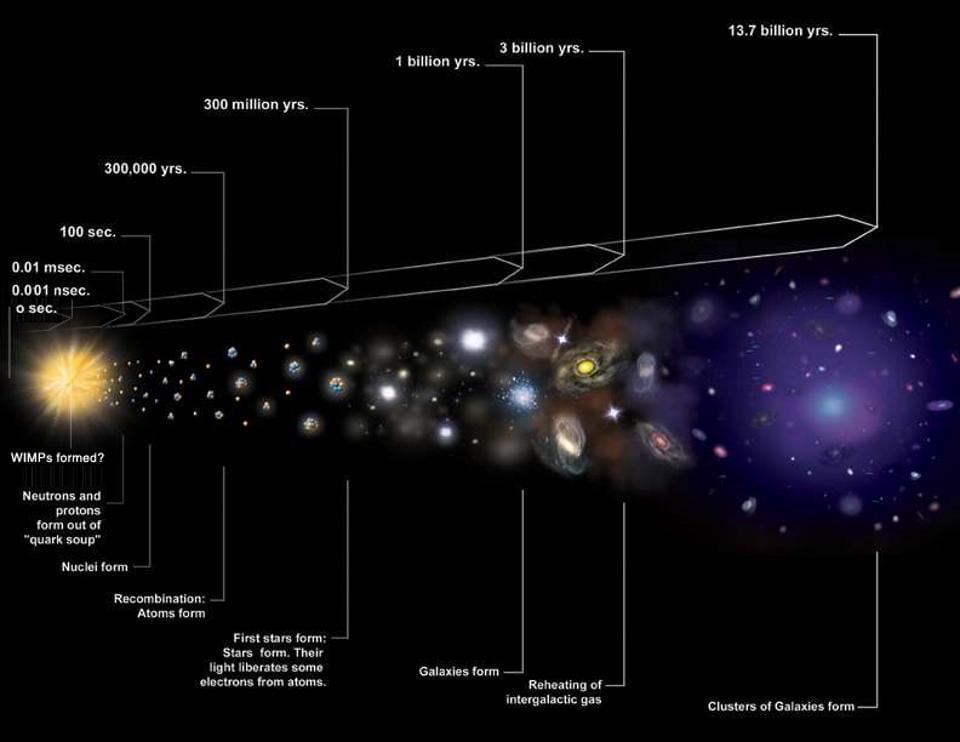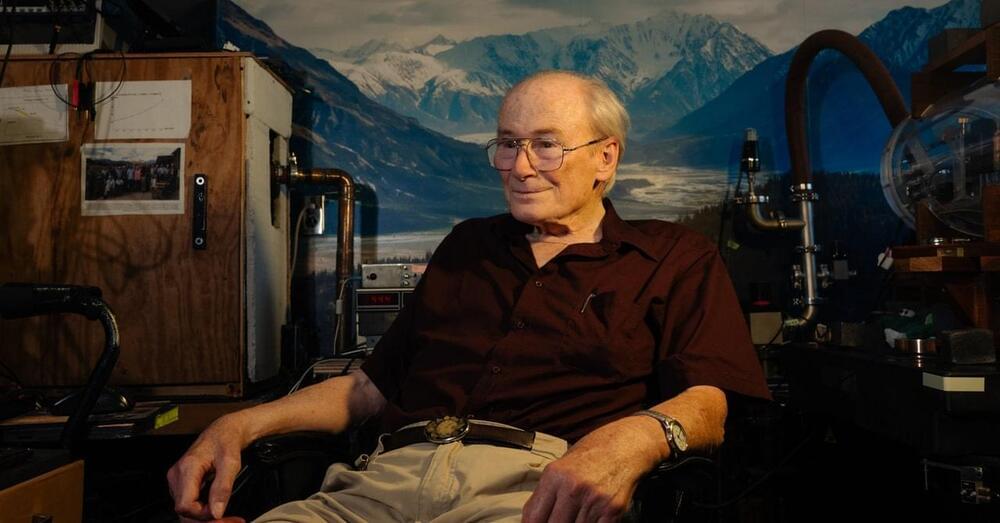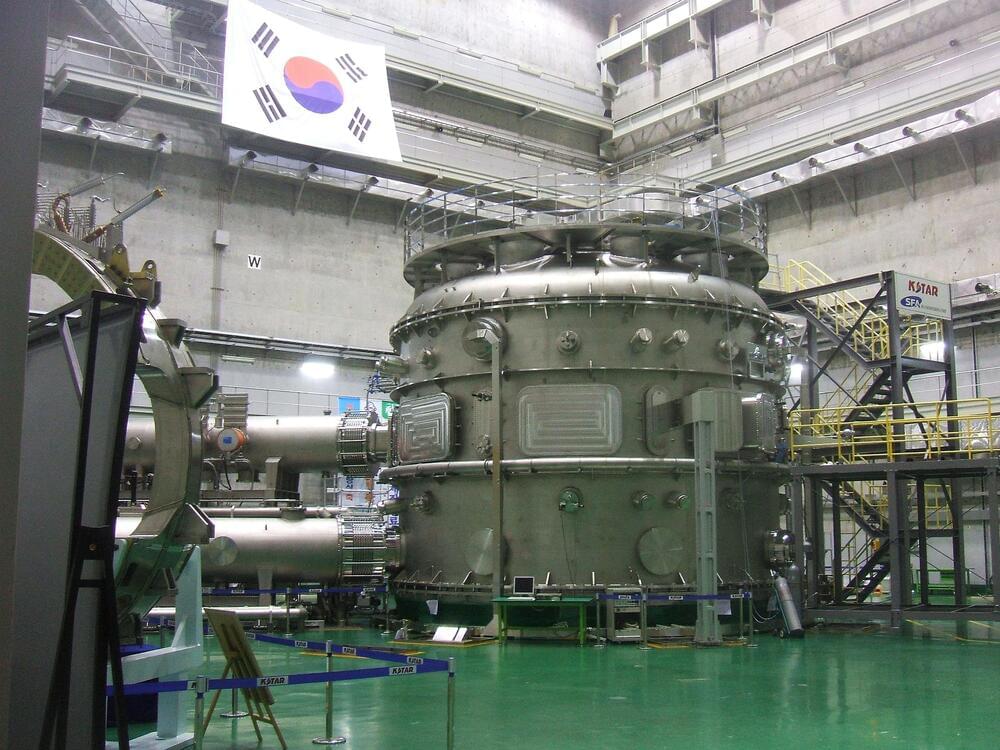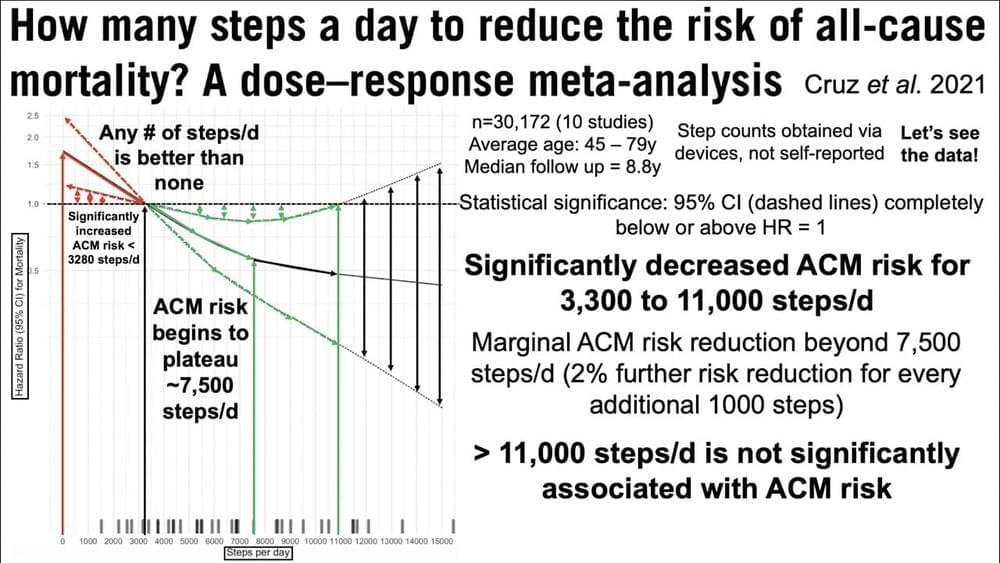Nov 24, 2021
Peeking Into a Chrysalis, Incredible Videos Capture Butterfly Wings Forming During Metamorphosis
Posted by Genevieve Klien in category: materials
The findings could inform the design of new materials such as iridescent windows or waterproof textiles.
If you brush against the wings of a butterfly, you will likely come away with a fine sprinkling of powder. This lepidopteran dust is made up of tiny microscopic scales, hundreds of thousands of which paper a butterfly’s wings like shingles on a wafer-thin roof. The structure and arrangement of these scales give a butterfly its color and shimmer, and help shield the insect from the elements.
Now, MIT


















